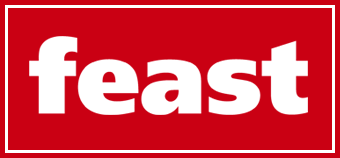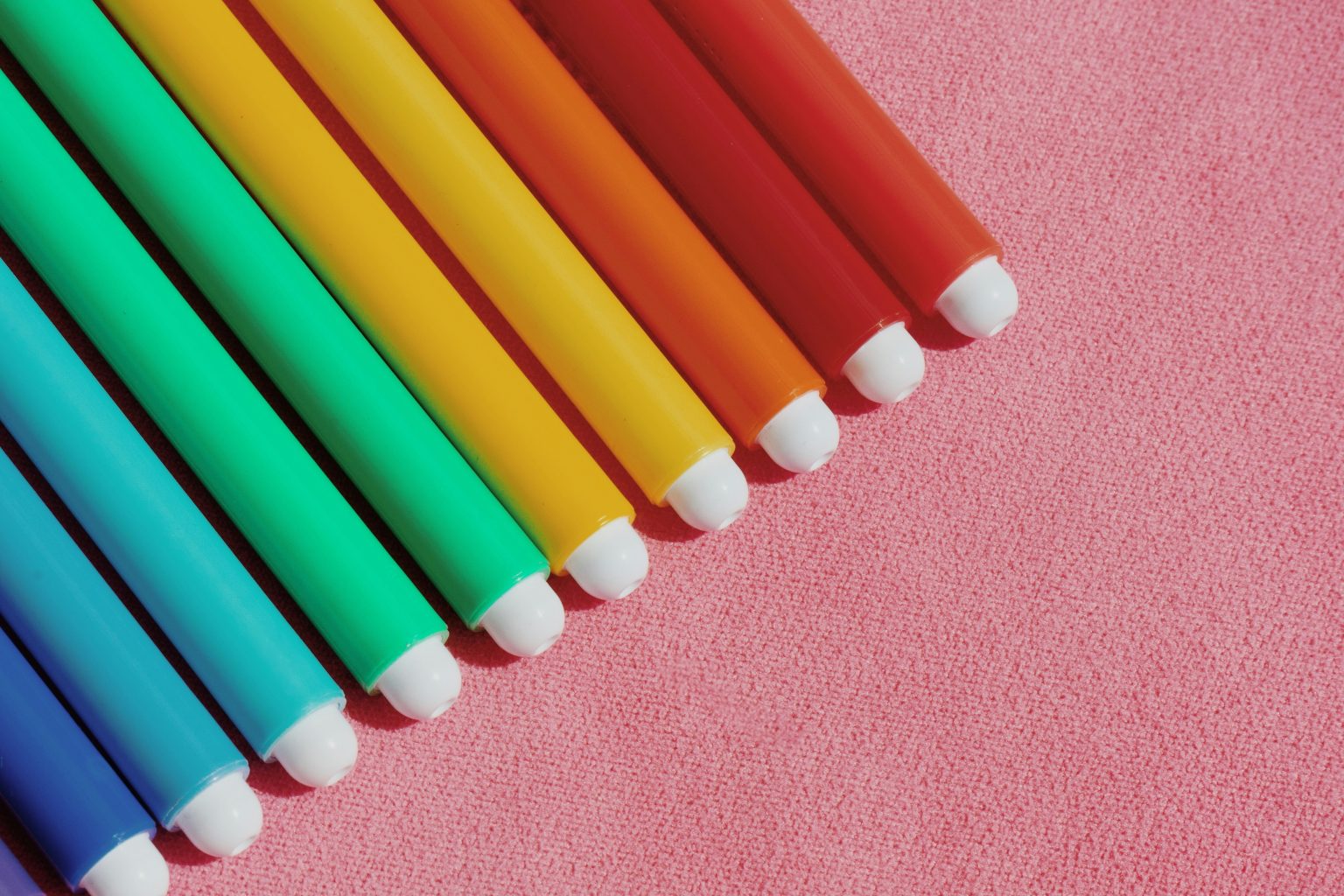Have you ever noticed how certain brands make you feel a certain way just by looking at their logos?
The colors in branding play a major role in shaping consumer perception.
Whether it’s the bold red of Coca-Cola, the trustworthy blue of Facebook, or the luxurious gold of Rolex, every color sends a subconscious message about the brand.
Choosing the right color for your logo and branding is not just about aesthetics—it’s about influencing emotions, building trust, and shaping customer perceptions.
But what does your brand’s color say about you?
Let’s explore how color psychology impacts branding and how you can use it to your advantage.
Why Color Matters in Branding
Colors are more than just visual elements—they have the power to evoke emotions, influence decisions, and define how people perceive a brand.
How Colors Affect Consumer Behavior:
- Create emotional connections with audiences.
- Increase brand recognition and recall.
- Drive purchase decisions by influencing perception.
- Differentiate a brand from competitors.
Now, let’s break down what different colors communicate in branding.
What Each Color Says About Your Brand
1. Red – Energy, Passion, and Urgency
Red is a powerful color that evokes strong emotions. It’s often associated with:
- Excitement and passion (Coca-Cola, Netflix).
- Urgency and action (Sale signs and fast-food chains).
- Appetite stimulation, which is why it’s commonly used in food branding.
Best for: Food brands, entertainment, retail, and sports industries.
2. Blue – Trust, Security, and Professionalism
Blue is one of the most widely used colors in branding because it creates a sense of trust and reliability. It represents:
- Stability and security (Banks and tech companies like PayPal, and IBM).
- Professionalism and credibility (Facebook, LinkedIn).
- Calmness and relaxation (Healthcare brands).
Best for: Finance, healthcare, tech, and corporate brands.
3. Yellow – Optimism, Happiness, and Warmth
Yellow grabs attention and is linked to positivity and friendliness. Brands using yellow often convey:
- Happiness and youthfulness (McDonald’s, Snapchat).
- Creativity and playfulness (LEGO).
- High energy and positivity (Ferrari, DHL).
Best for: Entertainment, food, and children’s products.
4. Green – Growth, Health, and Nature
Green is the go-to color for brands that want to communicate:
- Sustainability and eco-friendliness (Whole Foods, Animal Planet).
- Health and wellness (Tropicana, Starbucks).
- Wealth and prosperity (Investment companies).
Best for: Eco-friendly brands, health and wellness, and finance.
5. Black – Luxury, Power, and Sophistication
Black is often associated with exclusivity and elegance. Brands that use black convey:
- Premium quality and luxury (Chanel, Prada).
- Authority and power (Nike, Apple).
- Simplicity and minimalism (Tesla).
Best for: Luxury goods, fashion, and technology brands.
6. Orange – Energy, Creativity, and Playfulness
Orange is a fun and energetic color that encourages enthusiasm. Brands that use orange signal:
- Friendliness and approachability (Nickelodeon, Fanta).
- Creativity and excitement (Harley-Davidson, SoundCloud).
- Innovation and affordability (Amazon’s Smile logo).
Best for: E-commerce, entertainment, and adventure brands.
7. Purple – Royalty, Creativity, and Spirituality
Purple has long been associated with wealth, imagination, and mystery. It represents:
- Luxury and exclusivity (Cadbury, Hallmark).
- Spirituality and wisdom (Twitch, Yahoo).
- Creativity and uniqueness (Cosmetics and beauty brands).
Best for: Luxury goods, beauty brands, and creative industries.
8. White – Simplicity, Purity, and Cleanliness
White is used to create a minimalistic and clean brand image. It conveys:
- Simplicity and elegance (Apple, Nike).
- Purity and freshness (Skincare and medical brands).
- Transparency and honesty (Non-profit organizations).
Best for: Health, beauty, and minimalist brands.
How to Choose the Right Color for Your Brand
Choosing the right color for your logo and branding plays a crucial role in shaping brand perception and customer engagement. Additionally, with the help of Logos Marketing services, you can enhance your branding. When selecting a color, consider the following factors:
1. Understand Your Brand’s Personality
Ask yourself:
- What emotions do you want customers to feel?
- What values define your brand?
- How do you want to stand out from competitors?
2. Consider Your Target Audience
Different demographics respond to colors differently.
- Younger audiences may prefer bright, energetic colors.
- Luxury buyers may be drawn to black, gold, or purple.
- Eco-conscious consumers may feel connected to green.
3. Test and Adapt
A/B testing different color schemes in marketing campaigns can help identify which resonates best with your audience. Brands evolve, and sometimes, refreshing color palettes can make a big impact.
Conclusion
Your brand’s colors aren’t just a design choice—they influence how your audience feels, thinks, and interacts with your business. Whether you want to appear trustworthy, bold, innovative, or luxurious, choosing the right colors helps shape your brand identity and customer perception.
By understanding color psychology, businesses can create logos and branding that connect emotionally, leaving a lasting impression on customers. If you’re designing (or rebranding), now is the time to choose colors strategically and make your brand stand out.



